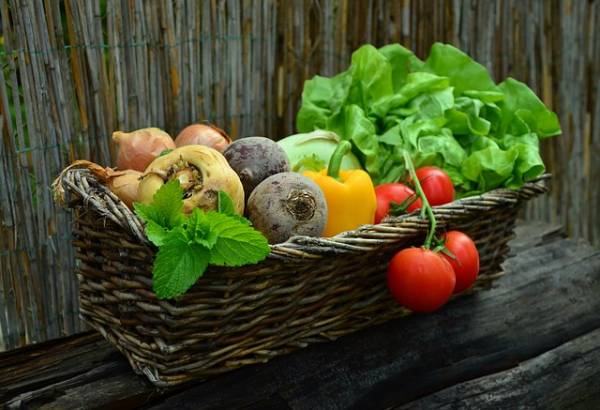Vegetable Garden Crop Rotation | An Easy Garden Guide
Plants need good soil, good nutrients, water, and sunlight. Nature provides the sunlight and rain, we provide additional water when necessary……so what about the soil?
In addition to soil additives, this simple Crop Rotation Guide demonstrates how to rotate your vegetable plants to fortify the soil! Rotating your crops means creating an order in the planting of your vegetables so that higher feeders are followed by givers and givers are followed by low feeding vegetable plants.
Vegetable Garden Crop Rotation
This system allows the plants to build organic nutrients in your garden soil. Plus, it helps to naturally stop the pests and diseases by planting different plants in different locations instead of planting the same plants in the same location year after year.
For further reading on all things gardening make sure to get The Vegetable Gardener’s Bible as it is an extremely handy guide.
We can add things to the soil to build up the nutrient content; which is the basis for starting a healthy garden.
Depending on your geographic location, soils vary tremendously and need different soil amendments. It is easy to find out how to test your soil with this inexpensive soil tester from Amazon.
Examples of Natural Soil Amendments:
Overview of Crop Rotation:
Plants require varying amounts of minerals and nutrients to grow. Some plants are High Feeders, some are Low Feeders and then some are Givers!!!
This simple idea is an easy-to-use reminder on how to rotate your garden plants year after year. Plan your planting schedule with this rotation cycle in mind.
The high feeders take the most out of the soil while the givers had nitrogen back into the soil.
⇒High Feeders ⇒ Givers ⇒ Low Feeders and back to High Feeders
As stated above, simply rotating your crops on an annual basis is also helpful in keeping down plant disease by stopping the disease cycle for individual crops types. Even though crop rotation is helpful, keep a watchful eye on your plants to make sure they stay healthy.
High Feeders ⇒ Givers ⇒ Low Feeders ⇒ High Feeders
High Feeders include:
Givers include:
Moderate to Low Feeders include:
And, then it is back to High Feeders and the cycle begins all over again.
Fallow Bed:
If you have enough space, consider dividing your garden plots into 4 beds and allowing one of your beds to rest for a season or plant a cover crop which is sometimes called a “green manure”.
A “green manure” is a fast-growing crop that is turned back turned under to enrich the soil.
GOOD COVER CROPS or GREEN MANURES ARE:
Green Manures are living, growing plants that are turned under just before maturity to add a variety of nutrients back into the soil. Depending on your growing conditions and location, you will need to determine the best time to plant and turn your green manure back into the ground.

Organic matter is extremely beneficial in building a loamy, vibrant, healthy soil. This organic matter is what creates a fabulous growing environment for your garden vegetables.
Having a compost pile is a super way to create this FREE rich beneficial organic matter that will build this rich loamy soil.
Mulch is another excellent way to build super complex living soil. Take a look at how to create rich garden soil by mulching.